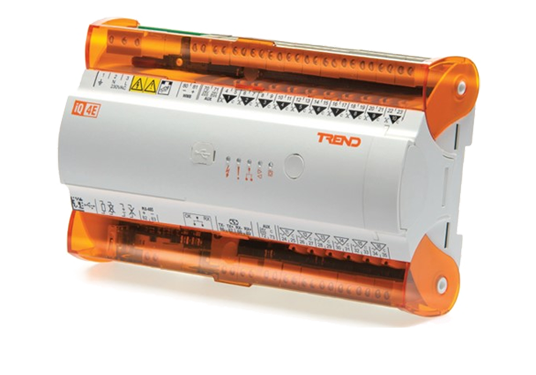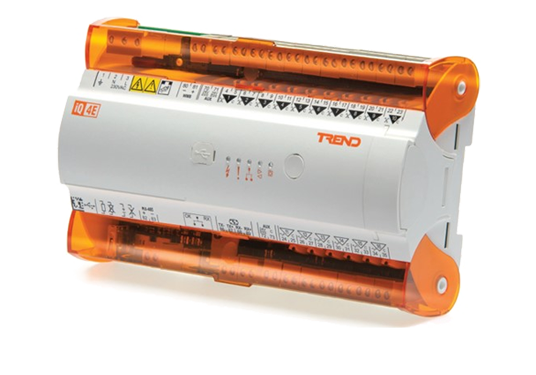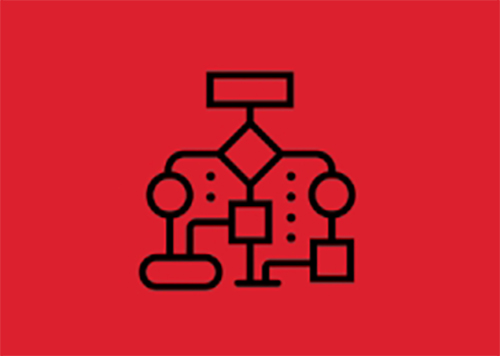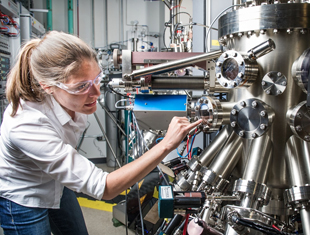




Trend is one of the world’s leading BEMS brands, with a worldwide distribution and support network covering over 50 countries. Suitable for the largest building complexes and multi-site applications, Trend systems minimise energy consumption and help maintain consistently comfortable building conditions through close monitoring of HVAC and other building services. Our systems also deliver real time management information and control, enabling significant reductions in CO2 emissions, whilst accommodating changes in occupancy status and staff relocation at short notice.

.jpg)




With worldwide distribution and a support network in over 50 countries, we can bring a depth of experience and agility to meet even the most complex requirements. Find out how we help scale your building management systems and energy services needs.